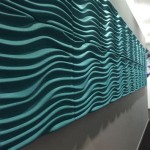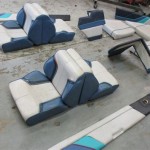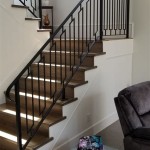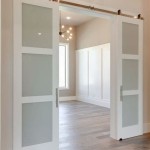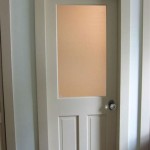How Do Interior Designers Make Money?
Interior designers are professionals who enhance the functionality and aesthetics of interior spaces. They help clients transform their visions into reality by creating cohesive and beautiful environments. While the creative aspect of interior design is often emphasized, a fundamental question remains: How do interior designers actually make money? This article will explore the various ways interior designers generate income, delving into the different revenue streams and business models they employ.
Fee-Based Services
One of the most common ways interior designers make money is through charging fees for their services. These fees can be structured in various ways, providing flexibility for both the designer and the client. Some common fee structures include:
- Hourly rate: This is a straightforward approach, where the designer charges an hourly fee for their time spent on the project. It allows for greater flexibility in terms of project scope and budget.
- Flat fee: This involves a fixed amount agreed upon upfront for the entire project, regardless of the time spent. It provides a transparent and predictable cost structure.
- Percentage of project cost: In this model, the designer receives a percentage of the total project cost, which includes materials, labor, and other expenses. This approach is often used for large-scale projects.
- Retainer fee: A retainer fee is a lump sum paid upfront to secure the designer's services for a certain period of time or for a specific scope of work. This ensures the designer's availability and commitment to the project.
The specific fee structure chosen depends on factors such as the project size, complexity, and the designer's experience and reputation. It is important for designers to clearly communicate their fee structure to clients upfront to ensure transparency and avoid misunderstandings.
Product Sales and Commissions
Many interior designers also generate revenue through the sale of products or by receiving commissions from vendors. This can involve:
- Furniture and furnishings: Designers often have relationships with furniture manufacturers and retailers, allowing them to offer their clients a curated selection of products. They may receive commissions on sales or discounts on products for their clients.
- Decorative accessories: Similar to furniture, designers can earn commissions on the sale of decorative accessories, such as artwork, rugs, lighting, and textiles.
- Building materials: Some designers may also have relationships with suppliers of building materials, such as tiles, flooring, and paint. They can offer their clients access to these materials and earn commissions on sales.
This revenue stream requires a strong understanding of the market and the ability to source high-quality products at competitive prices. Building relationships with vendors is crucial for securing discounts and establishing a reliable supply chain.
Design and Construction Management
For larger projects, interior designers may take on a more comprehensive role, managing both the design and construction phases. In this case, their income is generated through:
- Project management fees: These fees cover the designer's time spent overseeing the construction process, ensuring the project stays on schedule and within budget.
- Contractor coordination: Designers may also charge a fee for coordinating with contractors, subcontractors, and other project stakeholders, ensuring smooth communication and efficient execution.
- Quality control inspections: Regular site visits and inspections are crucial for maintaining high quality standards. Designers may charge a fee for this service.
Managing the construction phase requires a strong understanding of building codes, construction practices, and project management principles. It also demands excellent communication skills and the ability to effectively manage multiple stakeholders.
Specialized Services
Beyond the traditional services mentioned above, interior designers can also offer specialized services to niche markets. These may include:
- Space planning: This service focuses on optimizing the use of space, creating functional and efficient layouts for residential or commercial spaces.
- Color and lighting consultation: Designers with expertise in color theory and lighting design can provide consultations to help clients create the desired mood and atmosphere.
- Sustainable design: This service focuses on incorporating eco-friendly materials and practices into the design process, minimizing the environmental impact of the project.
- Accessibility design: Designers specializing in accessibility design create spaces that are inclusive and easily accessible to people with disabilities.
Specializing in a particular area allows designers to cater to specific client needs and establish themselves as experts in their chosen field.
What S The Fastest Way To Make Money As An Interior Designer Designed

How To Make Money As An Interior Designer Multiple Revenue Streams Of

How Do Interior Designers Make Money Is Design A Profitable Career

2024 The Various Ways Interior Designers Make Money Archova Visuals

10 Passive Income Ideas For Interior Designers Foyr

How To Get Started And Make Money As An Interior Designer

The 2 Ways Interior Designers Make Money

How To Make Money In Your Interior Design Business

How To Make Money With An Interior Design Blog Start A Mom

10 Passive Income Ideas For Interior Designers Foyr
Related Posts

